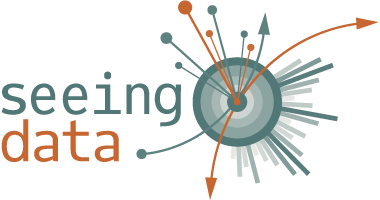Home »
Taking time with visualisation »
Home » Inside the chart » Sankey Diagram
Taking time with visualisation
Sankey Diagram

What it shows
Sankey diagrams are not as common as the other chart types in this collection, but they are being seen more and more often in the mainstream media. There are several variations of Sankey Diagrams, but in general they are used to show several perspectives in one chart. Sankey diagrams show how one category is broken down into components, then how a second category is broken down into components, and so on, depending on the number of categories. It shows the size of the connecting paths between the two (or more) categories.
A Sankey Diagram might be used to explore the 100 most popular websites, for example. On one side of the diagram would be the % breakdown of the types of website (social, news, search, etc.) and on the other side a breakdown of the countries of visitors. The sized pathway connections between the two categories would show the related quantities between the two sets.
How to read it
Identify the categories being shown. Follow the paths from one side of the chart to the other. Look out for the big values on each side, the widest connecting bands, the connections that create a trend and those that seem to buck the trend.
Things to beware
Depending on the number of constituent categories Sankey diagrams can get quite busy, especially when presented in a static form. Often they are made interactive so that you can isolate or select a reduced number of categories on either side.

